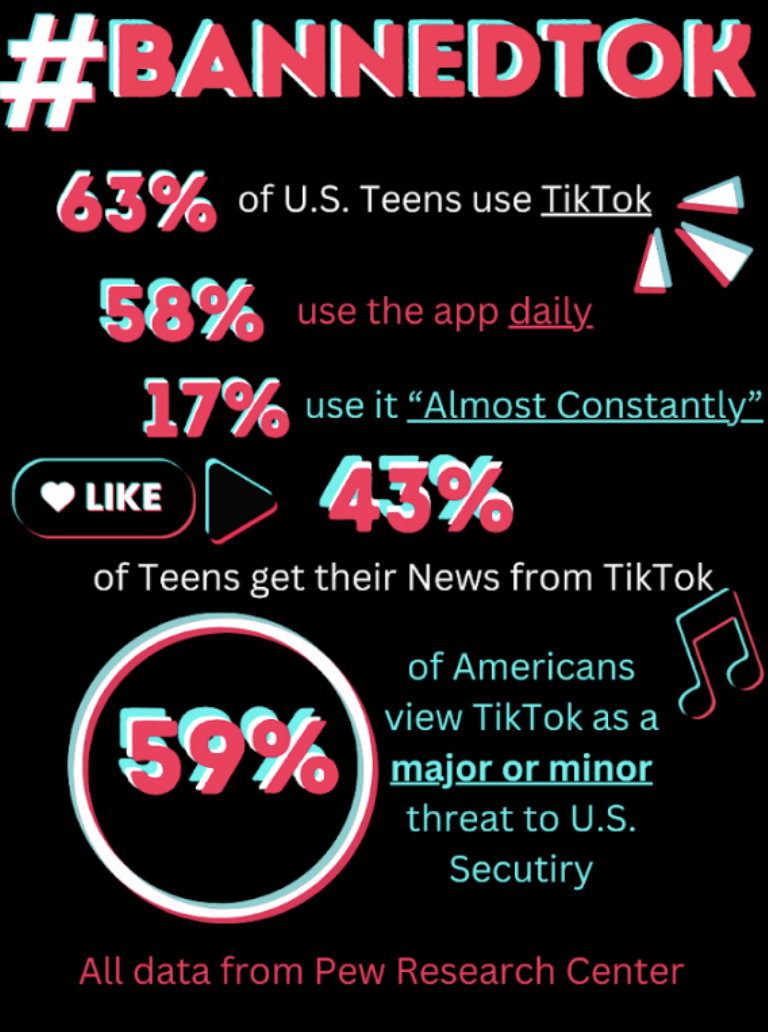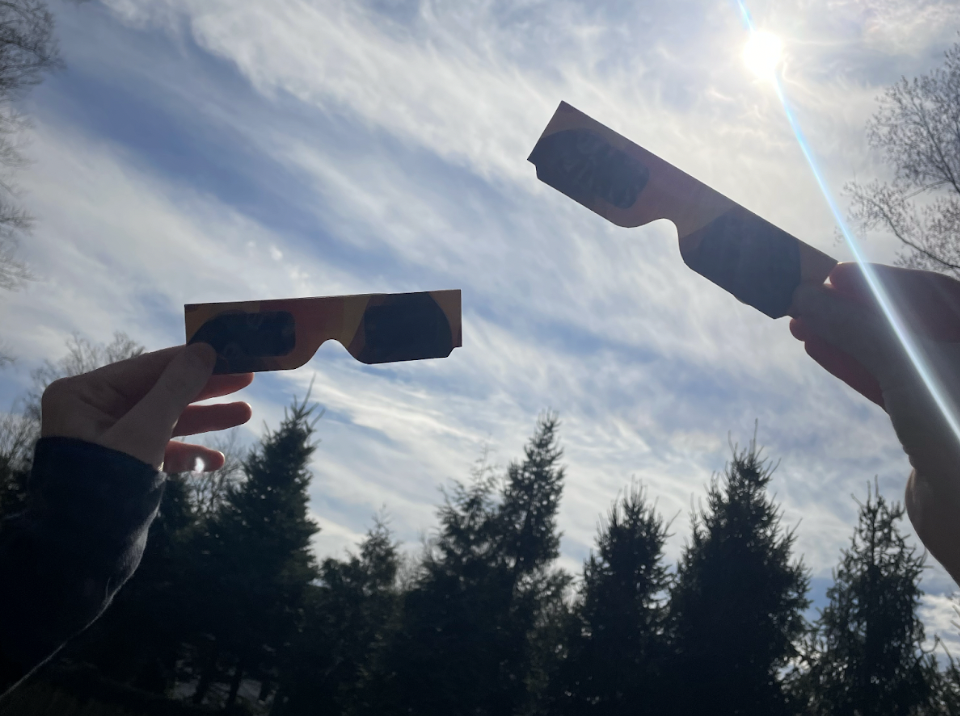Alex Reiner ’18 & Anay Simunovic ’18
At 8:30 every morning, the loudspeaker goes on and the same words are said. “I pledge allegiance to the Flag of the United States of America and to the Republic for which it stands, one nation, under God, indivisible, with liberty and justice for all.”
As Principal James D’Amico recites the pledge, some students choose to stand with their hand held over their heart, while others opt to remain seated.
For Alejandro Perez Elorza ’18, standing for the pledge serves as a sign of respect. “As an immigrant, being in a country that gave me so much, I have to show respect towards the flag and the country,” Perez Elorza said.
In contrast, Leah Robins ’18 chooses to sit for the pledge and does not see the significance of standing. “Saying some words and putting your hand over your heart isn’t the way that I choose to respect our country,” Robins said.
The choice to not stand for the pledge has become increasingly controversial as players in the National Football League (NFL) have taken a knee or raised a fist during the National Anthem as a protest against police brutality and social injustice. There is no rule in the NFL that prohibits players from doing so.
Similarly to the NFL, members of the Staples community have freedom to choose whether or not they stand for the Pledge, according to D’Amico.
“It’s part of state law that we have to do the pledge in the morning and provide time for that, but there is really no policy about what individuals have to do,” D’Amico said.
In fact, students who choose not to stand during the pledge are legally allowed to do so as outlined in the Supreme Court case West Virginia State Board of Education v. Barnette.
However, despite their right to sit during the Pledge, Staples students claim that some teachers and members of the administration require them to stand.
“There are plenty of teachers that I’ve worked with who insist that kids stand, take off their hat, not chew gum, all kinds of other things,” social studies teacher Cathy Schager said.
Staples students who choose to sit also face criticism. “I can tell that some teachers are opposed to sitting,” an anonymous junior who sits for the pledge said. “You get weird looks. It’s a thing that people are not content with.”
In the wake of this conflict, Staples teachers discussed the matter in their own classrooms.
Schager, for one, has engaged in debates with students in her Contemporary World Studies class.
“We basically just have a contextual conversation and then I leave it up to kids to decide what they want to do,” Schager said.
After participating in classroom discussions, students like Lana Whittleton ’18 were able to formulate their own opinions. “If students don’t want to stand for the pledge, they shouldn’t feel like they are forced to,” she said.
Although Schager allows members of her classroom to decide whether or not they want to stand during the pledge, she does emphasize the importance of respect.
“I just explain to them that in my class they are expected to be respectful,” Schager said. “So I expect you to be quiet; but if they don’t choose to stand then they don’t have to stand.”
School librarian Colin Neenan also stresses the significance of acting respectfully during the pledge.
“I do ask people to stop walking because I think it’s disrespectful to walk during the pledge,” he said.
Emerson Kobak ’18 understands why people believe that standing during the pledge is a sign of respect. However, as someone who chooses not to stand, she also believes that “it comes out to being your choice and how you want to go about it.”











































